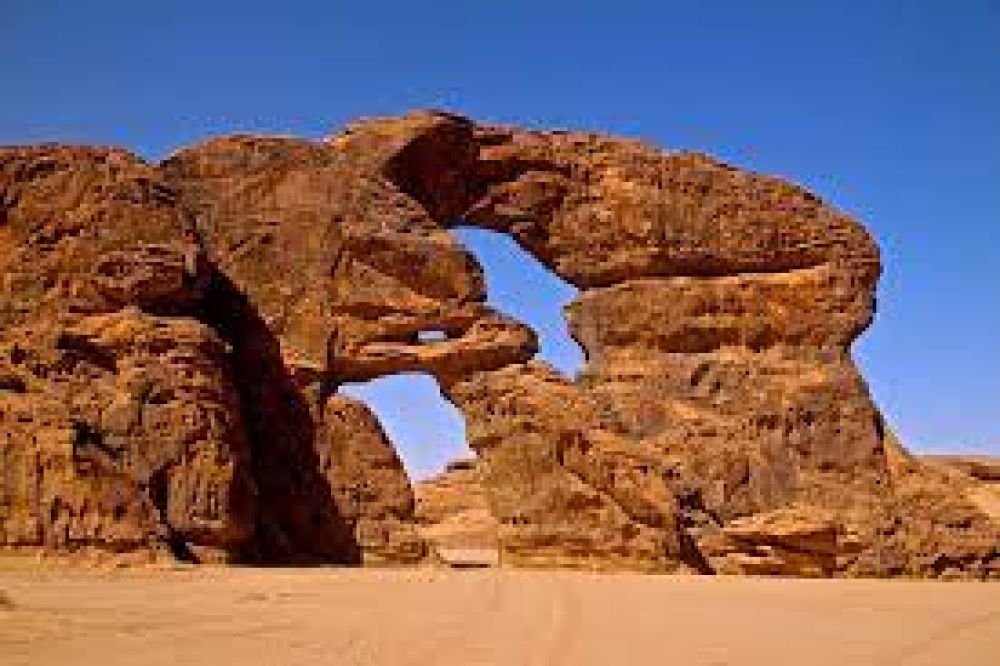

Al Ula is a region of staggering natural beauty and historical significance in north-western Saudi Arabia. The area is renowned for its spectacular sandstone mountains and archaeological treasures, including the ancient city of Hegra (also known as Mada'in Saleh), a UNESCO World Heritage Site. Al Ula is home to thousands of ancient rock art sites, which depict the life and times of the people who have lived in this region over millennia.
The rock art sites in Al Ula are a testament to human civilization in the Arabian Peninsula. The engravings and inscriptions record the evolution of human thought, art, and belief systems. They serve as cultural landmarks that provide a window into the past.
Tourism in Al Ula has been relatively nascent, largely due to the region's remote location and the country's previous restrictions on tourist visas. The Saudi government traditionally focused on religious tourism to the cities of Mecca and Medina, with less emphasis on other forms of tourism. However, this has changed significantly in recent years.
The Saudi Vision 2030 initiative, launched in 2016, included plans to develop Al Ula as a major tourist destination as part of a broader strategy to diversify the kingdom's economy away from oil. As a result, the region has witnessed an upswing in tourist infrastructure development and promotion of its archaeological sites.
Advances in technology and transportation, alongside improved visa processes, have made Al Ula more accessible to international visitors. The introduction of the sharek e-visa, which is available for tourists from many countries, marked a shift in Saudi Arabia’s approach to tourism, including archaeological tourism.
Today, Al Ula is witnessing a surge in tourism, especially with the promotion of events like the Winter at Tantora festival, which combines cultural heritage with entertainment through concerts and exhibitions. There is also a growing interest in experiential travel, where tourists seek immersive experiences that connect them deeply with the destination’s history and culture. Sustainable tourism practices are being put in place to preserve the integrity of the rock art sites and the natural landscape of Al Ula for future generations.
The development of world-class facilities, including the Maraya concert hall—a mirrored structure blending into the desert landscape, and luxury resorts, has begun to position Al Ula as an upscale destination in the Middle East, catering to both historical enthusiasts and luxury travelers.
The future of tourism in Al Ula is focused on sustainable development and preservation of its rich heritage. The region is set to evolve further with significant investment in infrastructure, cultural projects, and community-based tourism initiatives, promising to open up new chapters in the history of tourism for this ancient heartland of the Arabian Peninsula.